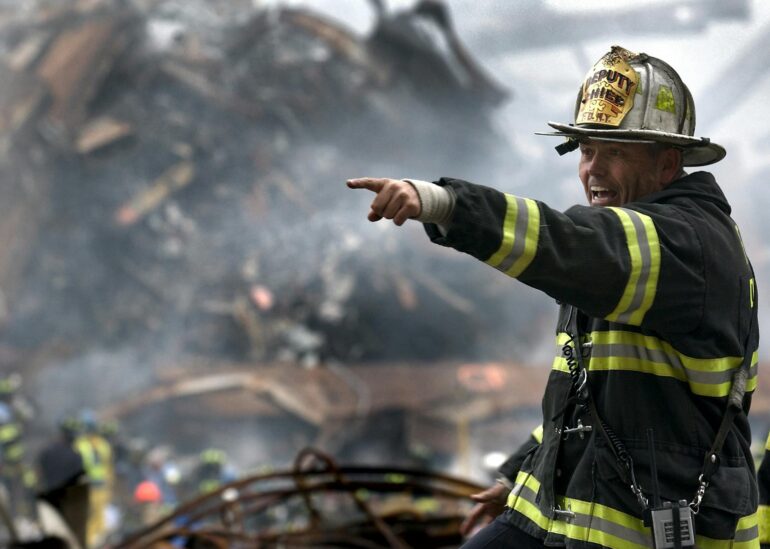When people think of private jet travel, they often associate it with luxury, exclusivity, and corporate efficiency. However, private aviation plays a crucial role in disaster relief efforts and humanitarian aid, offering unparalleled speed, flexibility, and accessibility to regions impacted by crises. Whether responding to natural disasters, medical emergencies, or urgent supply deliveries, private jets provide a lifeline when time is of the essence.
This article explores how private jet charter services are being utilized in disaster response, detailing the unique advantages they bring to emergency situations and the vital role they play in global humanitarian efforts.
1. Why Private Jets Are Essential in Disaster Response
In times of crisis, speed, efficiency, and accessibility are critical. Private jets fill an important gap in disaster relief logistics, providing rapid transport for emergency personnel, medical teams, and life-saving supplies.
A. Speed and Immediate Deployment
- Private jets can be deployed within hours, significantly reducing response times compared to commercial cargo or government aid flights.
- They bypass congested air traffic and restrictive schedules, ensuring direct, non-stop flights to affected regions.
- Unlike commercial airlines, which require advanced scheduling and passenger processing, private jet operators can take off within minutes of clearance.
B. Access to Remote and Hard-to-Reach Areas
- Many disaster-stricken areas lack large commercial airports, making private jets a valuable tool for reaching small airstrips and improvised landing zones.
- Private aviation enables emergency teams to land closer to disaster zones, reducing the need for time-consuming ground transportation.
- In flood-prone or earthquake-ravaged areas where infrastructure is damaged, smaller aircraft can operate in conditions unsuitable for larger planes.
C. Secure and Controlled Logistics
- Private jet operations streamline customs, security, and clearance processes, avoiding delays that often affect commercial flights.
- They provide secure, high-priority transport for critical resources, including medical supplies, food, and specialized personnel.
- Private aviation ensures more personalized cargo handling, reducing the risk of lost or misrouted emergency supplies.
2. The Role of Private Jet Charters in Humanitarian Missions
Beyond disaster response, private jet charters play a vital role in long-term humanitarian efforts, providing essential transport services to relief organizations, medical missions, and global NGOs.
A. Medical Evacuations and Emergency Airlifts
- Private jets transport critically ill or injured individuals to advanced medical facilities, bypassing delays associated with commercial flights.
- Specialized air ambulance services are equipped with ICU-level medical care, including life-support systems and trained medical personnel.
- In cases of pandemics or disease outbreaks, private aircraft provide controlled, sanitary transport, minimizing infection risks.
B. Disaster Recovery and Infrastructure Support
- Long after an initial disaster, private aviation continues to aid reconstruction efforts by transporting engineers, aid workers, and essential equipment.
- Jet charter services provide efficient supply chains for rebuilding efforts, ensuring communities have access to materials like water purification systems, generators, and shelter kits.
- Private aviation connects government agencies, private donors, and NGOs, ensuring critical supplies reach the right locations.
C. Support for Refugees and Displaced Communities
- Private jet operators have assisted in humanitarian airlifts, relocating displaced individuals to safer regions.
- Relief organizations use private aviation to deliver food, medical aid, and clothing to refugee camps in remote or inaccessible areas.
- In politically unstable regions, private jets provide a secure means of transporting evacuees, diplomats, and relief workers.
3. The Advantages of Private Aviation Over Commercial Relief Flights
While government and commercial airlines contribute to disaster response, private jets offer distinct advantages that enhance speed, efficiency, and precision in crisis management.
A. Flexible Flight Routes and Non-Stop Access
- Commercial airlines follow rigid flight schedules and fixed hub connections, whereas private jets can fly direct routes with no layovers.
- Relief missions benefit from customized flight plans, ensuring priority landing at strategic locations.
- When government-imposed airspace restrictions exist, private operators can secure special flight clearances for urgent missions.
B. Immediate Cargo and Personnel Deployment
- Unlike traditional air freight, which undergoes long processing and customs clearance, private flights ensure cargo is loaded and transported without delays.
- Jet charters can accommodate specialized personnel, including search-and-rescue teams, medical professionals, and engineers, ensuring fast on-site response.
- Private aircraft can be reconfigured for cargo, providing dedicated transport for emergency aid materials, water purification equipment, and mobile medical units.
C. Cost-Effectiveness in Time-Sensitive Crises
- While private aviation incurs higher operational costs, the ability to deliver aid within hours instead of days significantly improves disaster outcomes.
- Relief organizations and governments often rely on private charter solutions when time-sensitive operations require immediate intervention.
- The economic impact of rapid disaster relief often outweighs the costs of chartering private aircraft, as faster response times save lives and reduce damage.
4. Notable Examples of Private Jet Involvement in Disaster Relief
Private aviation has played a key role in responding to major global crises, including hurricanes, wildfires, and pandemics. Private jet operators, humanitarian groups, and corporate donors have leveraged private aviation to mobilize aid quickly and effectively.
A. Natural Disasters and Emergency Response
- Private jets have been used to deliver supplies to hurricane-stricken regions, where traditional air traffic is congested or unavailable.
- During wildfire evacuations, private aircraft assisted in relocating individuals and delivering firefighting equipment.
B. Global Health Crises
- Private jets provided secure medical transport during pandemics, moving critically ill patients and medical teams.
- Air ambulance services played a role in transferring infected patients under controlled conditions, reducing the risk of transmission.
C. Humanitarian Assistance in War Zones
- In conflict-ridden areas, private aviation has been used to transport aid workers, food supplies, and medical equipment.
- Diplomats and relief teams have relied on private aircraft for safe, discreet transportation in volatile regions.
5. The Future of Private Aviation in Humanitarian Aid
With advancements in aviation technology, AI-driven logistics, and sustainable fuel alternatives, the future of private jet involvement in disaster relief is evolving.
A. The Role of AI in Emergency Flight Coordination
- AI-driven predictive modeling will enhance flight planning for disaster relief missions.
- Smart logistics systems will optimize supply chain routes, ensuring faster response times in crises.
B. Sustainability in Humanitarian Air Transport
- The use of Sustainable Aviation Fuel (SAF) will reduce emissions for humanitarian missions.
- Hybrid-electric private jets will provide eco-friendly relief transport, minimizing environmental impact.
C. Increased Collaboration Between Governments and Private Operators
- Governments and NGOs will expand partnerships with private jet charter services to enhance crisis response capabilities.
- More companies will integrate corporate social responsibility programs into private aviation, donating aircraft use for relief missions.
Final Thoughts: Private Jets as a Force for Good
While private jet travel is often associated with luxury and exclusivity, its role in disaster response and humanitarian aid is invaluable. From rapid emergency evacuations and medical transport to cargo delivery in crisis zones, private aviation continues to make a life-saving difference worldwide.
As private jet charter services like Bitlux continue to evolve, their contribution to humanitarian missions and global disaster relief efforts will remain a critical asset, proving that private aviation is more than just an elite mode of travel—it’s a powerful tool for saving lives and making a difference.






